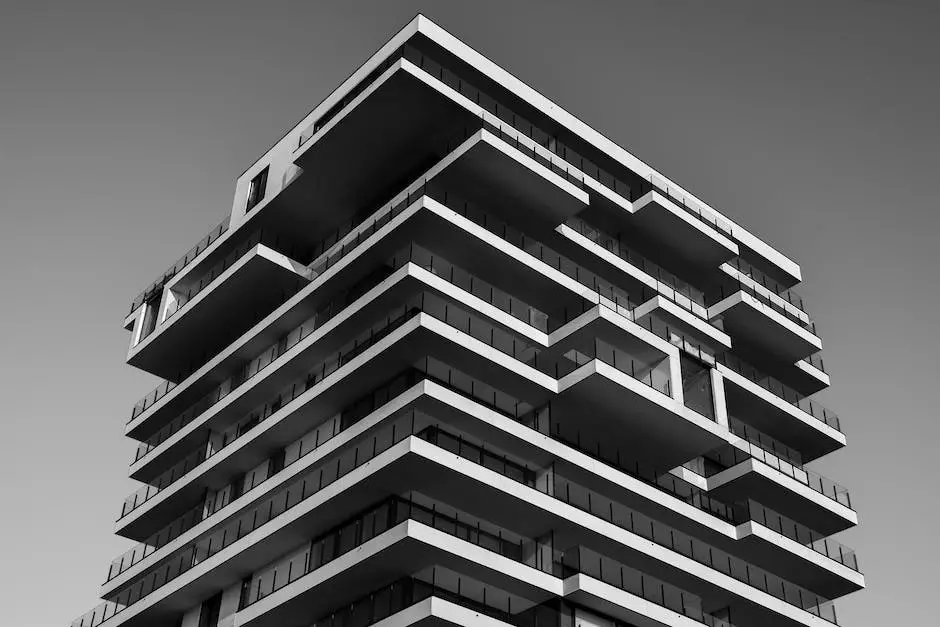
Imagine strolling through the cobbled streets of Antwerp, where every corner whispers tales of bygone eras, and every building is a canvas showcasing centuries of architectural evolution. Antwerp, a gem in Belgium’s crown, has long been a hub of culture, commerce, and, most notably, an ever-changing skyline that narrates its rich history.
From the medieval fortifications to the avant-garde designs of the 21st century, Antwerp’s architecture is a fascinating blend of old and new. It’s a city where Gothic spires reach for the heavens just blocks away from sleek, modern constructions that reflect the sky. Let’s embark on a journey through time, exploring how this city’s architecture has evolved, shaping the vibrant metropolis we see today.
The Medieval Beginnings
Antwerp’s architectural journey began in the Middle Ages. The city’s oldest buildings, like the Cathedral of Our Lady, stand as testaments to the grandeur of Gothic architecture. With its soaring spires and intricate stonework, the cathedral is not just a place of worship but a historical manuscript etched in stone.
The Renaissance and Baroque Flourish
As we moved into the Renaissance and Baroque periods, Antwerp became a canvas for opulence. The city’s wealthy merchants and nobles commissioned lavish homes and public buildings. The Stadhuis (City Hall), with its blend of Renaissance and Mannerist styles, showcases the grandiosity of the era. Its façade is adorned with statues of rulers and allegorical figures, each telling a story of Antwerp’s past glories.
Neoclassical Elegance
The 18th century brought a wave of Neoclassicism to Antwerp. This period focused on symmetry, simplicity, and grandeur, inspired by the classical architecture of ancient Greece and Rome. The KBC Tower, often referred to as the Boerentoren (Farmers’ Tower), is a prime example. It’s a structure that marries the elegance of the past with the aspirations of the modern era.
The Industrial Revolution and Art Nouveau
With the Industrial Revolution came new materials and technologies, allowing architects to push boundaries. Antwerp embraced this change, and soon, Art Nouveau buildings with their organic lines and decorative motifs began to sprout. The Zurenborg district is a testament to this, where facades bloom with floral designs and elegant curves.
Modernism and Beyond
The 20th century saw a shift towards Modernism, with architects like Le Corbusier and Mies Van der Rohe influencing Antwerp’s skyline. The city’s architects adopted the clean lines, functional design, and innovative use of materials that characterized the movement. The Antwerp Law Courts, designed by Richard Rogers, is a contemporary icon with its bold, sloping roofs and transparent walls.
Contemporary Antwerp: A Fusion of Styles
Today, Antwerp is a melting pot of architectural styles. It’s a city that respects its past while eagerly embracing the future. The MAS Museum is a perfect example, with its stacked design and interactive spaces that invite the public to engage with the city’s culture and history.
FAQs
- What architectural style is the Cathedral of Our Lady in Antwerp?
The Cathedral of Our Lady is a masterpiece of Gothic architecture, characterized by its pointed arches, ribbed vaults, and flying buttresses.
- Can you visit modern architectural sites in Antwerp?
Absolutely! Antwerp is home to many modern architectural marvels like the Port House by Zaha Hadid and the Antwerp Law Courts, which are open to the public.
- Is Antwerp’s architecture influenced by other European styles?
Yes, Antwerp’s architecture is a blend of various European styles, from Gothic and Renaissance to Baroque, Neoclassical, and Modernist influences.
Conclusion
In conclusion, Antwerp’s architecture is a rich tapestry woven from the threads of history and modernity. From the Gothic spires of the Cathedral of Our Lady to the futuristic silhouette of the MAS Museum, the city’s skyline tells a story of evolution, resilience, and beauty. It’s a place where every building has a narrative, and every street corner offers a glimpse into the past while looking firmly towards the future.
For those of us who’ve had the pleasure of wandering through Antwerp’s diverse architectural landscape, it’s clear that the city is more than just a spot on the map; it’s a living museum, a testament to human creativity and vision. Whether you’re a real estate investor, a homeowner, or simply a lover of beautiful spaces, Antwerp’s architecture is sure to captivate and inspire.
So, the next time you find yourself in Belgium, take a moment to appreciate the architectural wonders of Antwerp. It’s a journey through time that you won’t soon forget, and who knows? You might just find yourself falling in love with the city’s eclectic charm, just as I have.